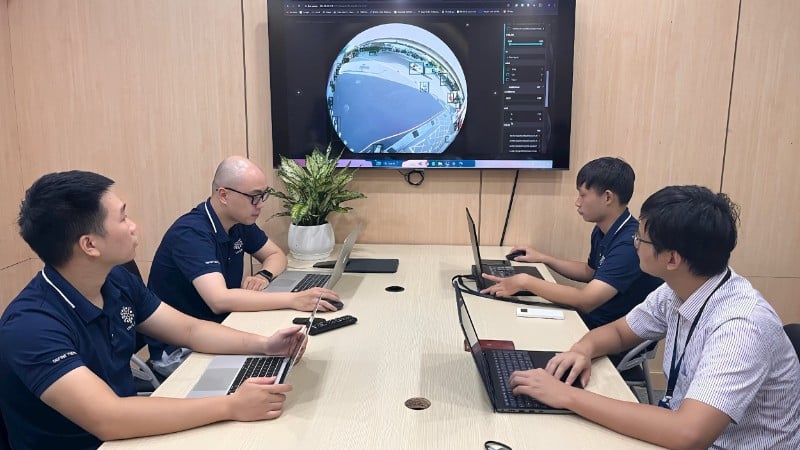
For the first time, this force is placed at the center of the Digital Technology Industry Law, with many preferential policies for learners and experts. This is an important institutional step, removing the biggest "bottleneck" in digital transformation. However, to attract and nurture talent, policies need to go hand in hand with a real, open and creative working environment.
From 2026, the Law on Digital Technology Industry will come into effect. For the law to come into effect, it is important to turn policies into concrete actions, creating an attractive enough working environment for talented people and high-quality digital technology human resources to want to stay.
Comprehensive offers for learners and technology professionals
Vietnam's first issuance of a comprehensive preferential policy system specifically for students and workers in the digital technology field (from tuition exemption, living allowance to flexible employment mechanism) is considered a big step forward in proactively creating quality human resources right from the start. Professor, Dr. Tu Minh Phuong, Chairman of the Academy Council, Academy of Posts and Telecommunications Technology, commented: "This policy is specific, practical and creates clear motivation to attract students who are truly capable and passionate about technology." According to him, training institutions can take advantage of the new policy, combined with existing strengths to develop human resources in the digital technology industry.
The Law on Digital Technology Industry also opens up a mechanism for the promotion of talents with many new points that "break through" institutional barriers. The State commits to investing in modern training infrastructure, from laboratories, copyrighted software, equipment to shared digital platforms to closely connect training, research and practical application, especially in key areas such as artificial intelligence (AI), semiconductors, big data and digital assets.
A notable new point is the extensive preferential policy for high-tech experts. Director of the Department of Information Technology Industry ( Ministry of Science and Technology ) Nguyen Khac Lich said that foreign experts will be granted a 5-year temporary residence card, their spouse and children under 18 years old will enjoy the same regime; personal income tax exemption for 5 years; appointment to leadership positions without seniority or planning conditions; and housing support, research conditions, rewards... In addition, on August 8, 2025, the Government issued Decree 221/2025/ND-CP, exempting visas for a limited period for special groups serving economic and social development. The list includes scholars, experts, scientists, professors, chief engineers, high-quality digital technology industry human resources, guests of institutes, schools, large enterprises, and leaders of the world's leading corporations and enterprises...
A positive signal is that Decree 179/2024/ND-CP has laid the foundation for a policy of promoting high-quality human resources in the public sector. According to experts, it is necessary to continue expanding to the private sector, research institutes, and universities with flexible mechanisms for this human resource.
Creating momentum for high-quality digital human resources
The country currently has more than 75,000 digital technology enterprises, playing a key role in digital transformation in the fields of education, healthcare, and finance. In the first six months of 2025, the industry's total revenue reached nearly VND 2.3 million billion, up nearly 21% over the same period and completing 54% of the yearly plan.
Along with institutional incentives, practical implementation at enterprises, universities and research institutes is showing specific efforts to nurture and retain talent. Many facilities have cooperated with technology enterprises to develop AI laboratories, microchip centers, and big data platforms, shortening the gap between training and application. A minimum budget of 20% for science and innovation (equivalent to VND 10,000 billion/year) is being invested in this area, attracting domestic and foreign experts.
Hanoi National University is one of the units that has strongly shifted from basic research to solving practical problems with more than 3,000 scientists. Policies such as building strong research groups, granting full-time scholarships, attracting international experts, and establishing new research institutes are being implemented. Along with identifying 8 strategic technology fields and establishing a high-tech park, Associate Professor, Dr. Pham Bao Son, Vice President of the school, said that the most important thing now is to resolutely implement institutions so that universities can become centers for retaining talent.
However, the biggest bottleneck is still the lack of high-quality human resources, especially in core technologies such as AI and semiconductors. This is the decisive factor for the success of any long-term strategy. Many businesses, especially domestic technology startups, have difficulty recruiting good engineers due to both a lack of supply and a lack of specialized skills. According to Associate Professor, Dr. Nguyen Long Giang, Deputy Director of the Institute of Information Technology, Vietnam Academy of Science and Technology, this is the biggest barrier to developing technology products with Vietnamese brands. Statistics show that the actual demand each year is up to 50,000-60,000 high-tech engineers. In addition, Vietnam also faces challenges in retaining talent. Vietnamese businesses mainly apply and develop technology; the ability to master technology of Vietnamese businesses is still limited, especially new technologies...
Along with the Law on Digital Technology Industry, the Ministry of Science and Technology is implementing many specific policies to realize the goal of attracting and employing talents. Deputy Director of the Department of Organization and Personnel (Ministry of Science and Technology) Mai Anh Hong said that the mechanism of "exceeding the framework" in terms of salary, housing, and working conditions is a step forward, but should not be considered a privilege, but rather a minimum condition for talents to feel secure in their dedication. To promote effectiveness, it is necessary to specify the scope and application in practice.
For the above new policies to be truly effective, Vietnam needs a profound reform of the mechanism for employing talented people. Dr. Tran Van Khai, Vice Chairman of the National Assembly's Committee on Science, Technology and Environment, said that in the immediate future, it is necessary to soon develop a National Program to attract talented people to participate in key projects, with working conditions and benefits commensurate with international standards. Vietnam has the advantage of a network of more than 600,000 intellectuals of Vietnamese origin abroad - a valuable resource that has not been effectively connected. Many international experts are also willing to come to Vietnam to work if there is a suitable environment. International experience shows that China has implemented the "Thousand Talents Plan" since 2008, with a large budget to attract a series of leading scientists to return, thereby raising the level of domestic research. Singapore builds world-class R&D hubs like Biopolis, where 70% of scientists are foreigners, thanks to its innovative environment and open institutions.
(To be continued)
Source: https://nhandan.vn/bai-1-pha-the-nut-that-nhan-luc-so-post900628.html










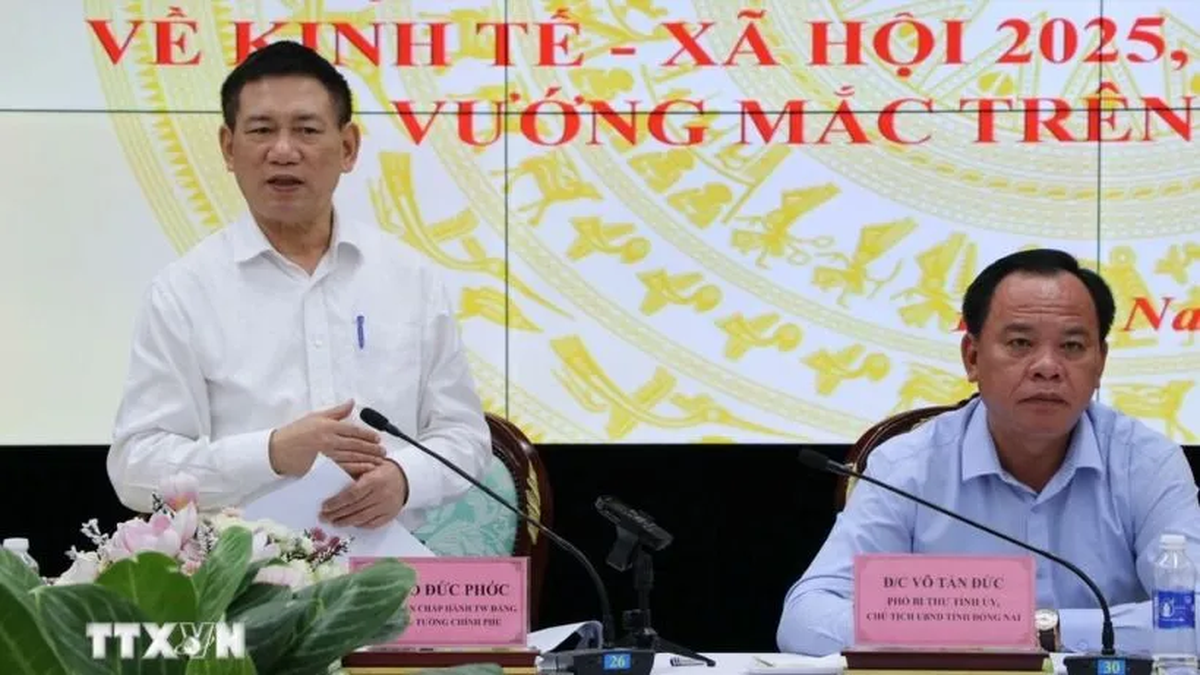
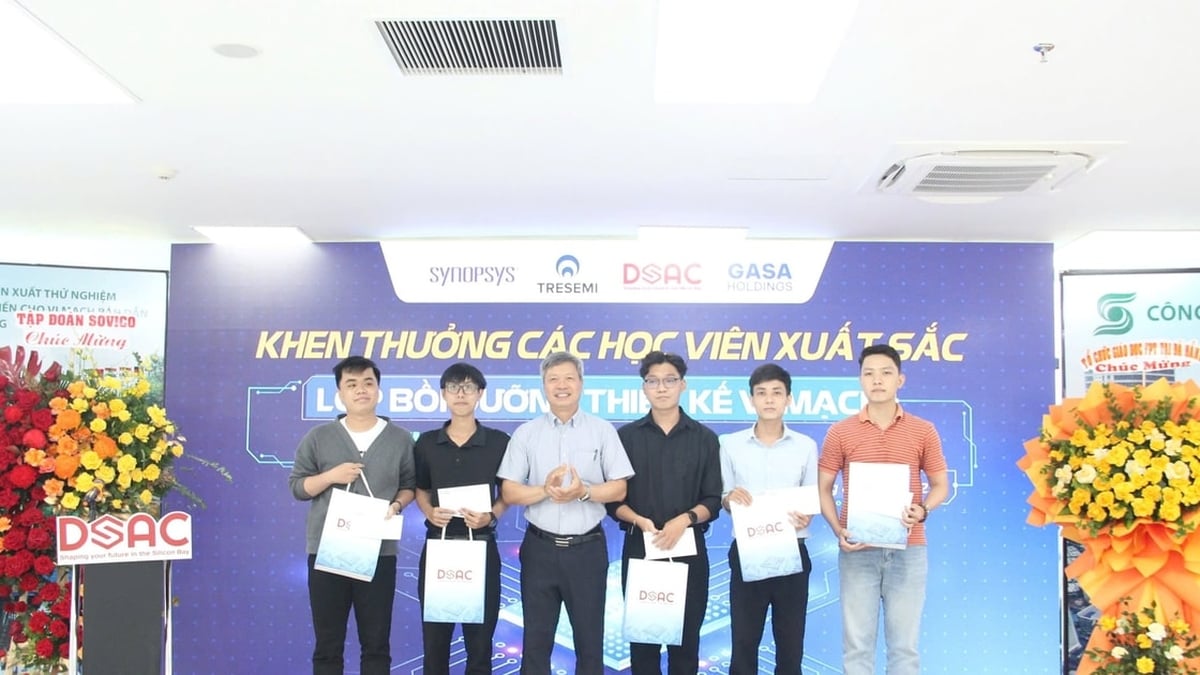










![[Photo] Firmly marching under the military flag: Ready for the big festival](https://vphoto.vietnam.vn/thumb/1200x675/vietnam/resource/IMAGE/2025/8/15/86df2fb3199343e0b16b178d53f841ec)

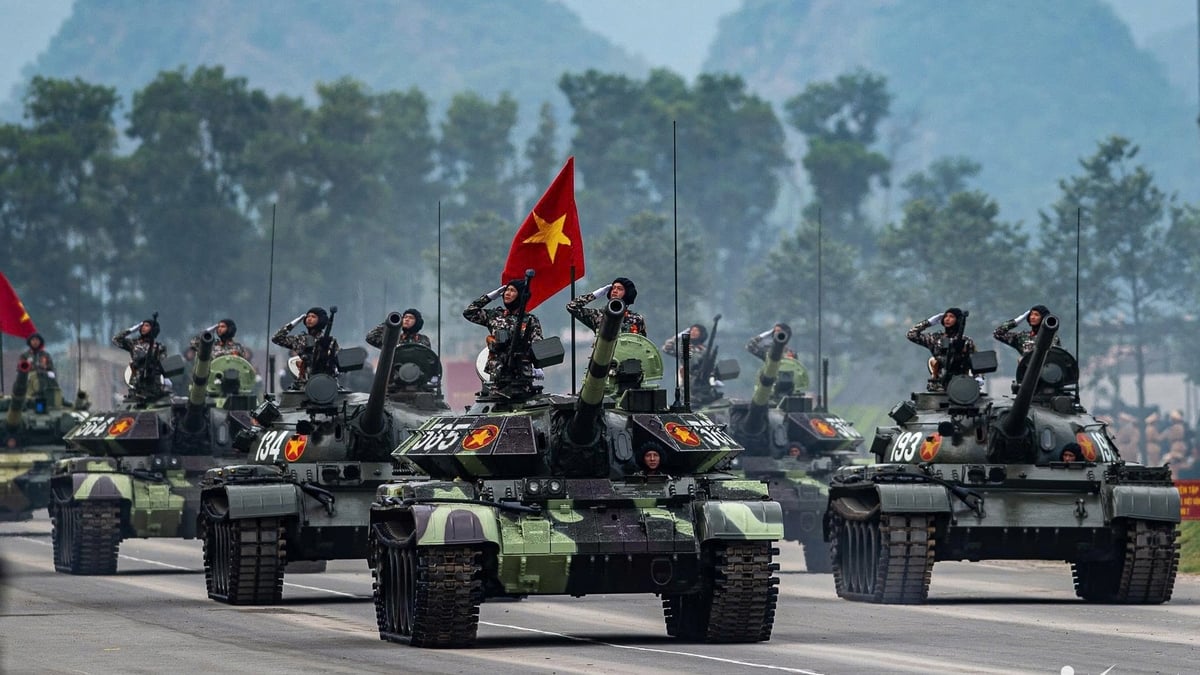
![[Photo] The special solidarity relationship between Vietnam and Cuba](https://vphoto.vietnam.vn/thumb/1200x675/vietnam/resource/IMAGE/2025/8/15/5f06c789ab1647c384ccb78b222ad18e)
![[Photo] Prime Minister Pham Minh Chinh talks on the phone with Cambodian Prime Minister Hun Manet](https://vphoto.vietnam.vn/thumb/1200x675/vietnam/resource/IMAGE/2025/8/15/72d3838db8154bafabdadc0a5165677f)

![[Photo] Prime Minister Pham Minh Chinh attends a special art program called "Hanoi - From the historic autumn of 1945"](https://vphoto.vietnam.vn/thumb/1200x675/vietnam/resource/IMAGE/2025/8/15/c1c42655275c40d1be461fee0fd132f3)

![[Photo] Binh Khanh Bridge Ho Chi Minh City is ready to reach the finish line](https://vphoto.vietnam.vn/thumb/1200x675/vietnam/resource/IMAGE/2025/8/14/b0dcfb8ba9374bd9bc29f26e6814cee2)
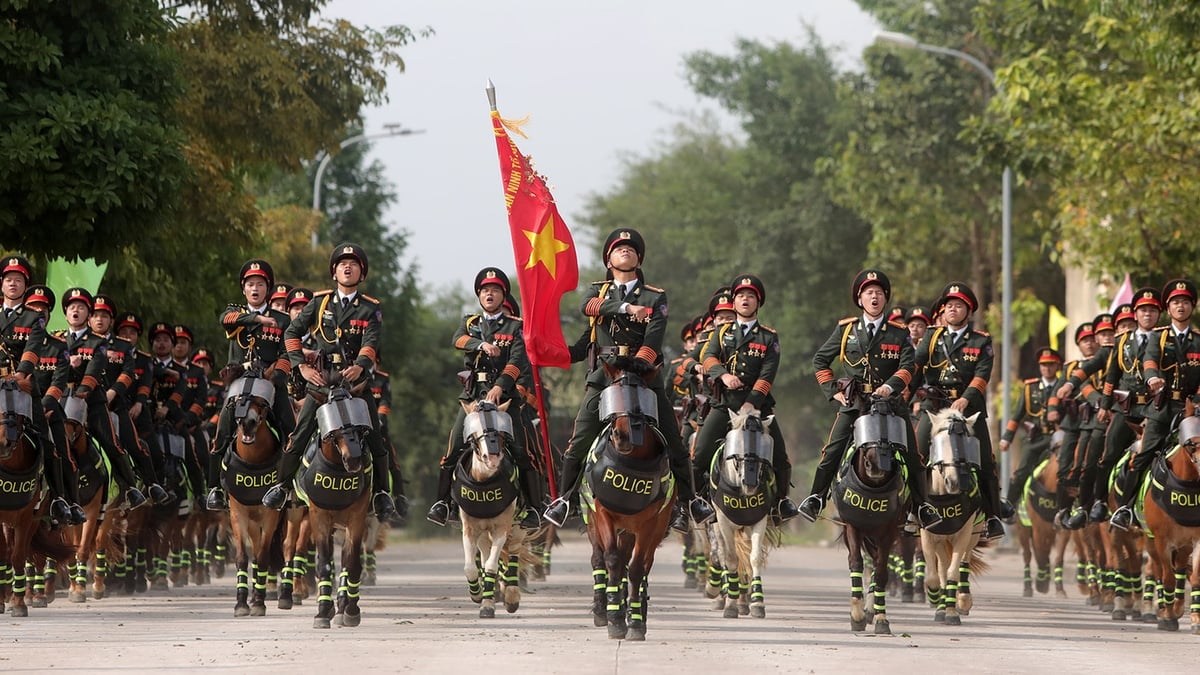



























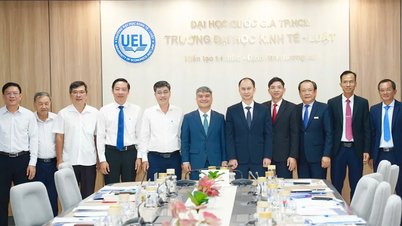

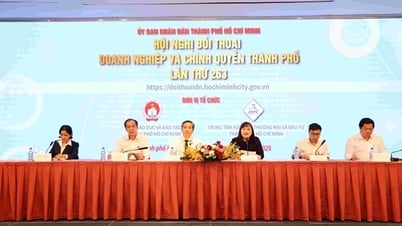



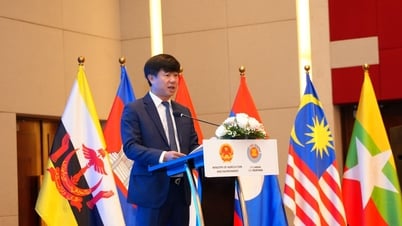

![[Photo] President Luong Cuong receives Finnish Ambassador to Vietnam Keijo Norvanto](https://vphoto.vietnam.vn/thumb/402x226/vietnam/resource/IMAGE/2025/8/15/9787f940853c45d39e9d26b6d6827710)


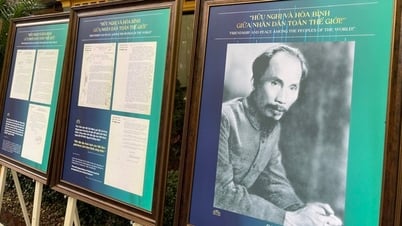

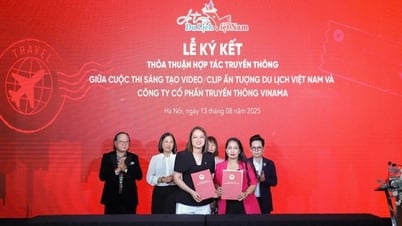
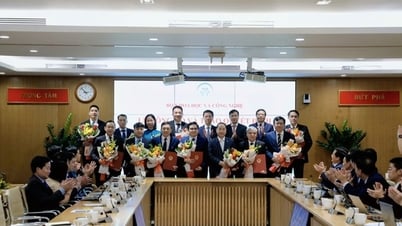



























Comment (0)